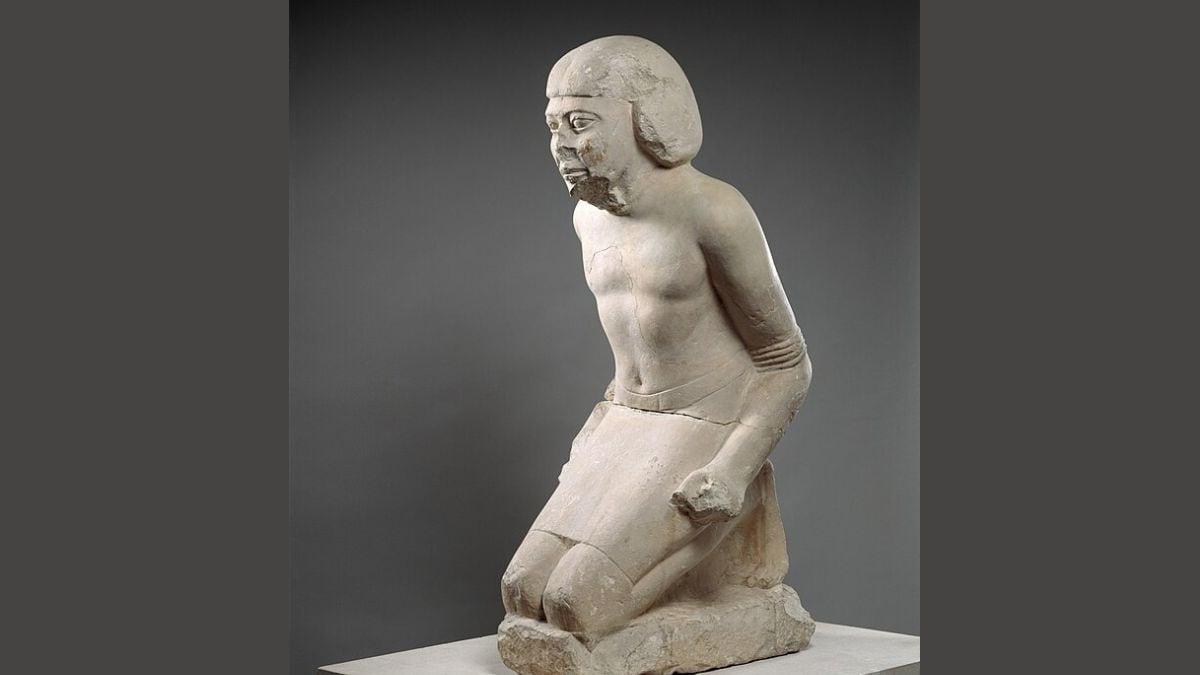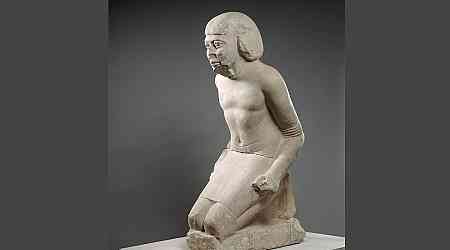A 2,300-year-old marble statuette discovered in Alexandria, Egypt, has offered new insights into how dwarves were perceived during the Ptolemaic period (332–150 B.C.). Depicting a muscular, nude dwarf in motion, the 4-inch sculpture reflects a combination of Egyptian and Greek artistic traditions. Despite missing its arms, legs, and part of the head, the craftsmanship of the piece indicates a highly skilled rendering of human anatomy. It is currently housed at the Metropolitan Museum of Art in New York City.
Depictions of Dwarves in Ptolemaic Art
According to information from the Metropolitan Museum of Art, as reported by Live Science, the statuette incorporates elements from Greek art, such as classical nudity and Hellenistic realism, blended with Egyptian cultural aesthetics. This synthesis points to the cultural exchange that characterised the Ptolemaic dynasty, a period when Egypt was ruled by Ptolemy I Soter, a general of Alexander the Great. The depiction of a dwarf engaged in dance suggests a significant societal role, unlike the exaggerated caricatures of dwarves often seen in Greek art.
Egyptian Perspectives on Dwarves
Historical records indicate that dwarves were highly regarded in ancient Egypt, often serving in the households of nobles and pharaohs. Their association with the god Bes, who was depicted as a short and muscular protector of families and women in childbirth, contributed to their societal acceptance. Bes, known as a dancer and tambourine player, symbolises strength and guardianship in Egyptian mythology. The statuette's design, which likely depicted the dwarf with a percussion instrument, aligns with this cultural significance.
A Glimpse into Cultural Integration
The artifact demonstrates the integration of different human forms into Egyptian society during the Ptolemaic era. The Met has emphasised that such depictions reflect a broader tradition of valuing diverse body types, setting the Egyptian approach apart from other ancient civilisations. This statuette, though small in size, offers a profound understanding of cultural dynamics during a transformative period in history.































